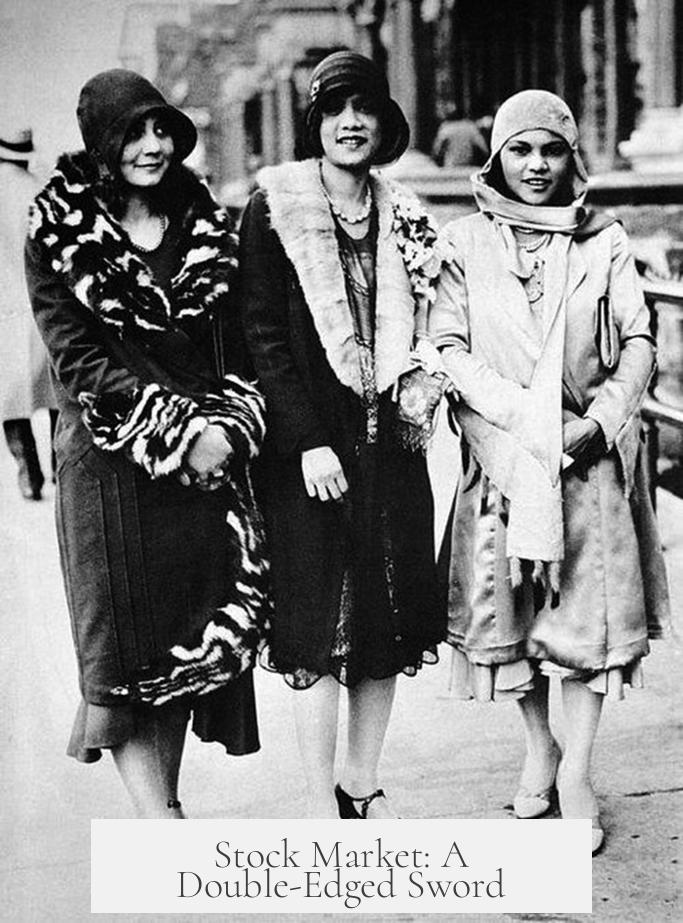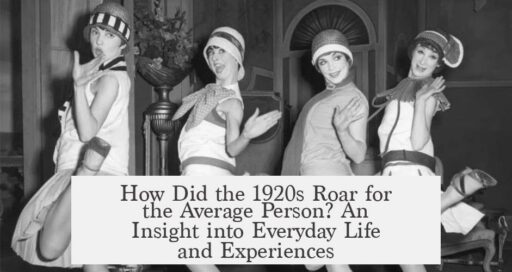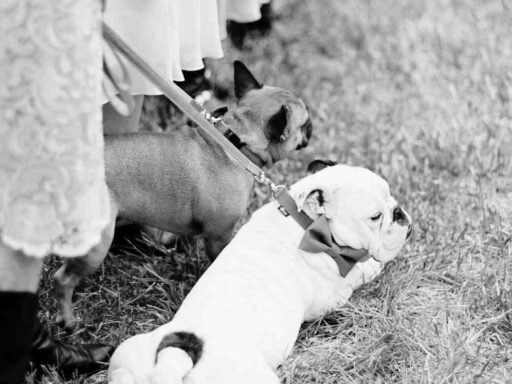The 1920s, known as the Roaring Twenties, were not equally ‘roaring’ for all ordinary people. The decade featured significant economic growth and cultural change, but these benefits were unevenly distributed across society.
The Roaring Twenties signaled a period of optimism and expansion in the U.S. economy. Following World War I, economic indicators like disposable income and consumer spending rose dramatically. Total disposable income nearly doubled from $50 billion in 1921 to $84 billion by 1929. Credit became widely accessible, allowing many to purchase automobiles, radios, and household goods on installment plans. The Model T’s price fell from $600 to $290, making car ownership more feasible for middle-class Americans. Radios owned rose sharply from 60,000 to 10 million by the mid-late decade. Entertainment flourished, with weekly movie ticket sales reaching 65 million in 1928. Jazz music and nightclub culture thrived, often symbolizing the era’s newfound leisure and social freedom.
However, this prosperity did not reach everyone equally. Income inequality remained stark. Although the war initially reduced inequality, by the 1920s, the gap widened again. The wealthiest 5% held about 90% of the nation’s wealth. Wages for many workers barely increased, with average earnings rising from $592 in 1912 to $1,033 by 1924 but stagnating after. Farmers, who constituted 30% of the U.S. population, suffered greatly. Farm incomes plunged from $17.7 billion in 1919 to $10.5 billion by 1921. Crop prices fell and pests like the boll weevil severely damaged cotton crops, especially affecting black sharecroppers who lost jobs in large numbers.
Rural regions like the South and Midwest struggled with high poverty rates during the decade. Many farmers and rural workers experienced economic hardship despite the national boom. Meanwhile, urban areas and non-immigrant white populations saw stronger economic gains, contributing to a split experience of prosperity.
Immigrants, especially poor Europeans and Asians, faced economic difficulty alongside rising anti-immigrant sentiment. Laws like the Emergency Quota Act of 1921 and National Origins Act of 1924 restricted immigration from certain regions, reflecting and intensifying social tensions.
African Americans encountered persistent barriers despite the cultural prominence of jazz. Many were excluded from popular venues by discriminatory practices and limited economically in jobs and living conditions.
The lowered federal tax rates in the 1920s—from as high as 6% before the mid-decade to about 1.125%—and cheap consumer credit bolstered spending and investment. Many ordinary people speculated in the stock market, seeing it as a path to wealth. Yet, this led to over-speculation and increased financial risks, setting the stage for the Great Depression.
Women gained new economic and social freedoms during the decade. Greater workforce participation and earnings empowered many women to embrace the “flapper” lifestyle, which challenged traditional roles. This shift was an important aspect of the decade’s broader cultural transformation.
While the 1920s offered increased purchasing power and modern conveniences to many, a significant segment of ordinary people—farmers, immigrants, African Americans, and rural poor—did not share fully in the decade’s gains.
| Aspect | Impact on Ordinary Person |
|---|---|
| Economic Growth | General increase in incomes but uneven; urban, white workers benefited more |
| Income Inequality | Widened; richest held majority of wealth, bottom wages stagnant |
| Farmers | Severe income drop, pest infestations, job losses among sharecroppers |
| Immigrants & Minorities | Economic hardship, anti-immigrant laws, social discrimination |
| Consumerism | Access to credit improved buying power for many; radios, cars, entertainment |
| Women | New economic independence, cultural freedoms, flapper lifestyle prominence |
- The “Roaring” aspect mostly applied to urban, white middle and upper classes.
- Farmers and rural populations often experienced economic decline.
- Income inequality remained large despite overall economic growth.
- Consumer credit and affordable products allowed many ordinary people new lifestyles.
- Social tensions and discrimination limited opportunities for minorities and immigrants.
- Women gained economic independence and social freedoms unprecedented at that time.
I’m Just an Ordinary Person, How “Roaring” Are the 1920s for Me?

Simply put, the Roaring 1920s roaring loudly for some, but it’s more like a modest murmur for most ordinary folks. The decade is famous for optimism, jazz, and economic boom. But scratch below the surface, and you find a patchwork experience shaped by where you live, your job, and your background. Wondering how the Roaring Twenties really felt if you were just a regular person? Let’s walk through it together.
The phrase “Roaring Twenties” didn’t even exist until after the 1929 crash and the Great Depression. Back then, many people didn’t realize they were living through a “roar.” That’s because prosperity was uneven. Some lived the dazzling city nightlife; others battled everyday struggles.
The Economic Boom—But Who Really Roared?
The economy did improve overall. The U.S.’s disposable income almost doubled from $50 billion in 1921 to nearly $84 billion by 1929. That sounds fantastic, right? But here’s the catch: Most of that wealth climbed into the hands of a tiny elite—around 5% of the population held 90% of the wealth.
For many ordinary workers, especially in cities, wages stayed flat. Average earnings went from $592 in 1912 to $1,033 by 1924, which sounds like a decent increase. But inflation was stable, meaning prices didn’t spike much—good news for buyers but not necessarily a booming paycheck for everyone.
Farmers, who made up almost 30% of the U.S. population, felt the pinch deeply. After a post-WWI boom, farm income crashed from $17.7 billion in 1919 down to $10.5 billion by 1921. If you were raising cotton, life was even tougher, thanks to the boll weevil insect and shrinking job opportunities, especially for black sharecroppers who lost about 750,000 jobs during this decade. For many rural folks, the “boom” was barely a murmur.
Consumerism But with a Caveat
If you’re imagining everyone dancing to jazz and buying radios, here’s some good news: consumer culture exploded. Radios went from 60,000 owners to 10 million by the late 1920s. The Model T became more affordable, dropping from $600 to $290—meaning what once was a year’s wages now cost just three months’ pay.
But buying on credit became the real game changer. Ordinary people started borrowing money for cars, furniture, and gadgets. Credit was no longer just a poor person’s option; it was mainstream. You could own a piece of the American dream—for a while.
Fancy nightclubs, jazz music, and flappers symbolize the lifestyle shift. Women especially saw new freedoms; more had money, and their roles changed. The flapper wasn’t just a fashion statement but a symbol of women claiming independence. But this was mostly a city thing, and not everyone could join the party.
Social and Regional Divides Don’t Take a Holiday
Imagine two Americas in the 1920s. One lived in buzzing cities with growing consumer goods, jazz, and nightlife. The other struggled with poverty in rural areas, especially in the South and Midwest. The prosperity often missed the mark for African Americans, immigrants, and farmers.
Black Americans faced economic marginalization and racial discrimination, even within jazz culture. Many were barred from the best clubs or worked under white managers who glanced down on them. Meanwhile, immigration restrictions like the Emergency Quota Act (1921) and National Origins Act (1924) targeted specific groups, making life tougher for poor immigrants.
Stock Market: A Double-Edged Sword

The stock market became a hub for ordinary people chasing prosperity. Speculating on stocks was a fresh way to try doubling your income or bursting your bubble spectacularly. But the rush to invest was a sign of how big the bubble was getting.
By 1929, the stock market symbolized both the decade’s highs and its impending crash. Ordinary Americans dipped their toes into Wall Street, but few had solid safety nets. The burst hit like a sledgehammer—ending the so-called roar.
A Glimpse at Everyday Life—Is It All Jazz and Gin?
Let’s zoom in on the daily struggle of the average Joe or Jane. Their wages mostly stayed flat. They could buy more gadgets on credit but still worried about job security. Life in rural America or poor urban neighborhoods often involved a grind just to keep pace with rising standards.
Women started working more in offices and factories, but many were stuck with lower wages and fewer rights. There was a cultural shift, yes, but not universal economic liberation. And don’t forget: the roaring lifestyle was largely a metropolitan luxury.
Why Did the 1920s Earn Its Roaring Reputation if Not Everyone Roared?
The Roaring Twenties earned its name by contrasting sharply with the grim war years and the devastating Depression that followed. City centers bumping with jazz, dancers, new technology, and cheap credit painted a vivid picture of prosperity.
But this flashy image ignored huge swaths of Americans who saw little of the boom. The decade was a potent mix of dazzling riches and deep inequality. For the ordinary person in a quieter town or stuck in tough jobs, the roar was more a distant rumble than a clarion call.
So, How Roaring Were the 1920s for an Ordinary Person?
- Urban white workers and middle-class folks: They might have experienced modest income growth, new consumer goods, and fun leisure. Not bad, right?
- Farmers and rural folks: They were mostly in recession—struggling to keep farms alive and families fed. The boom did little for them.
- African Americans and immigrants: Faced widespread discrimination and economic constraints. Despite cultural contributions, prosperity rarely reached them fully.
- Women: Started gaining independence and income but still faced limitations both socially and economically.
The 1920s were a decade of contradictions—a bright spotlight on some, shadows on others. An ordinary person’s experience depends on where they lived, what work they did, and who they were. The economic boom created opportunities and excitement but also deep disparities and vulnerabilities.
Learning from the Roar: What Can We Take Away?
The Roaring Twenties teach us that economic and social booms can miss many. Prosperity concentrated in a few hands creates instability and heartbreak for many others. Borrowing against the future—whether on credit or stocks—can seem smart until the music stops.
For an ordinary person today, the 1920s are a reminder to look deep behind headlines. Are we living a roaring boom or quietly struggling? Can growth be shared more fairly? And how do cultural shifts reflect real changes for everyone—not just a select crowd?
It’s worth asking: when history cheers about economic miracles and jazz nights, who is left out? The roar might be loud for some but soft enough to miss for many.
In the end, the Roaring 1920s were roaring much louder in the cities, boardrooms, and jazz clubs than in an average kitchen or farmstead. For regular folks, it was more about steady survival than gala dances—and those muted roars shaped the next chapter in American history.




